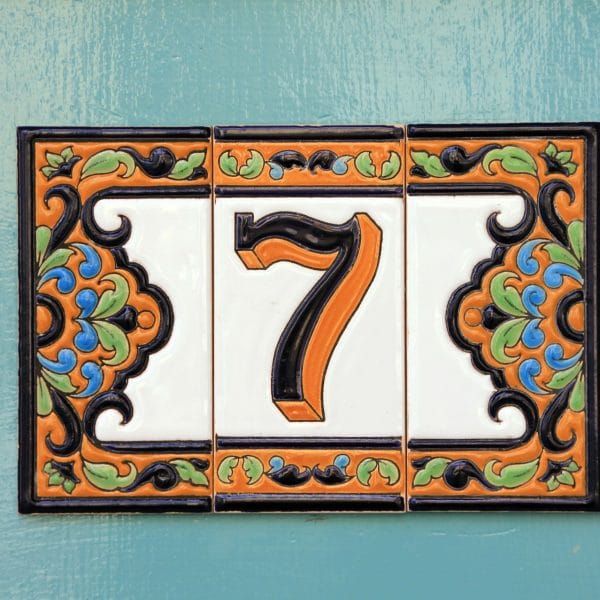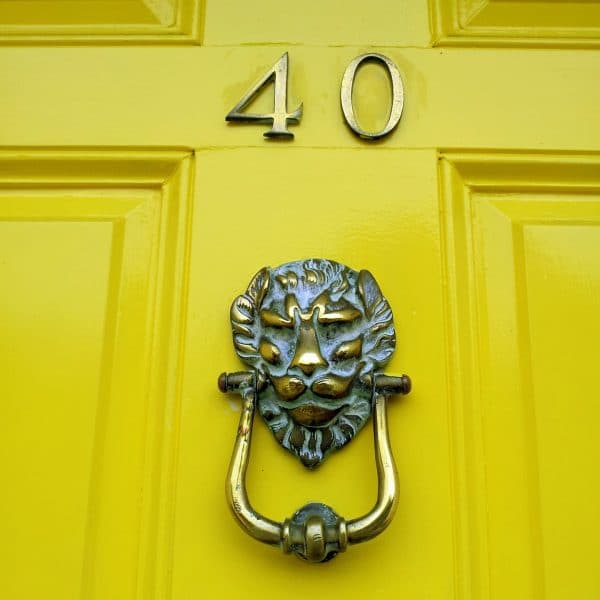The Regulation Of House Numbers
In 1855, the Metropolitan Management Act came into effect, which brought about the regulation of house numbers.
During this time, more people were becoming educated, meaning they were able to write letters. Moreover, with more letters comes more post. More post means more deliveries. With more deliveries becomes longer post rounds.
Due to how time-consuming delivering mail by guesswork was becoming, the Post Office put pressure on the Board of Works. Hence, house numbers were rolled out in 1857.
By the early 1870s in London, over 4,500 street names had been changed, and around 100,000 houses numbered.
Furthermore, at the same time, London was split into ten districts with a code. For example, Eastern Central was EC, and Western Central was WC. These codes were the start of the postcode. However, postcodes, as we know them today, were only introduced in the 1960s ad 1970s.



